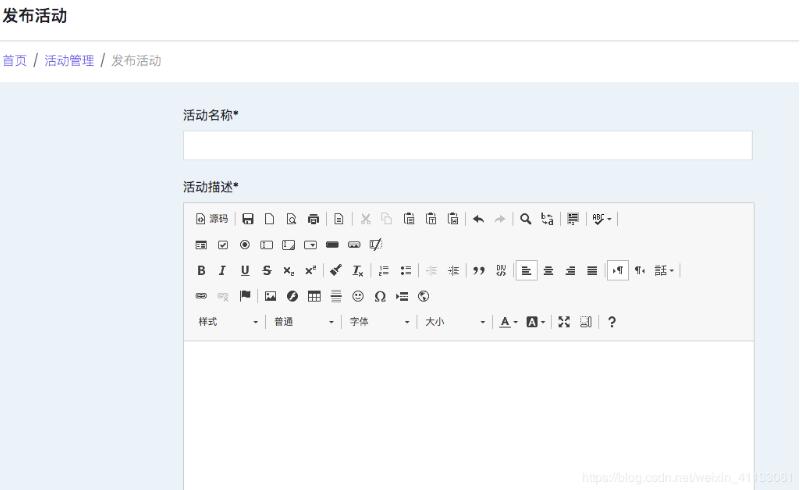python挖矿算力测试程序详解
谈到比特币,我们都知道挖矿,有些人并不太明白挖矿的含义。这里的挖矿其实就是哈希的碰撞,举个简单例子:
import hashlib
x = 11
y = 1
#这里可以调节挖矿难度,也就是哈希的长度
while hashlib.sha256(f'{x*y}'.encode("utf-8")).hexdigest()[5:7]!="00":
print(x*y)
y +=1
print("找到了:",(x*y))
结果如下:

当然比特币的挖矿要比这个复杂太多,但是原理差不多,有个大概的认知。
关于节点的同步,是取整个节点中最长的区块链进行同步,如图所示:

有了以上内容铺垫,代码实现和理解就容易了,代码如下:
#挖矿原理与网络共识
import datetime
import hashlib
import json
import requests
class Blockchain2:
def __init__(self):
self.chain = [] #区块链列表
self.nodes = set() #节点集合
self.current_tranactions = [] #交易列表
self.new_block(proof=100,preHash=1) #创建第一个区块
#新建一个区块,需要计算,才能追加
def new_block(self,proof,preHash = None):
block={
"index":len(self.chain)+1,#区块索引
"timestamp":datetime.datetiem.now(),#区块时间戳
"transactions":self.current_tranactions,#区块交易记录集合
"proof":proof,#算力凭证
"preHash":preHash or self.hash(self.chain[-1]), #上一块的哈希
}
self.current_tranactions = [] #开辟新的区块,初始化区块交易记录
self.chain.append(block)
@staticmethod
def hash(block):
#处理为json字符串格式的哈希
block_str = json.dumps(block,sort_keys=True).encode("utf-8")
return hashlib.sha256(block_str).hexdigest()
#新增交易记录
def new_transaction(self,sender,receiver,amount):
transaction ={
"sender":sender,
"receiver":receiver,
"amount":amount,
}
self.current_tranactions.append(transaction)
return self.last_block["index"]+1
@property
def last_block(self):
return self.chain[-1]
#挖矿,依赖上一个模块,获取工作量证明,即POW共识机制
def proof_of_work(self,last_block):
last_proof = last_block["proof"]
last_hash = self.hash(last_block)
proof = 0
while self.valid_proof(last_proof,proof,last_hash) is False:
proof +=1
return proof
#校验工作量
@staticmethod
def valid_proof(last_proof,proof,last_hash):
guess = f'{last_proof}{proof}{last_hash}'.encode("utf-8")
guess_hash = hashlib.sha256(guess).hexdigest()
return guess_hash[:6] =="000000" #可以调整计算难度
#区块一致性,同步算法,
def resolve_conflicts(self):
neighbours = self.nodes
new_chain = None
max_length = len(self.chain)
#遍历所有节点,找出最长的链
for node in neighbours:
#获取节点区块链信息
response = requests.get(f'http://{node}/chain')
if response.status_code ==200:
length = response.json()["length"]
chain = response.json()["chain"]
if length>max_length and self.valid_chain(chain):
max_length = length
new_chain = chain
if new_chain:
self.chain = new_chain
return True
else:
return False
#校验区块链的合法性
def valid_chain(self,chain):
last_block = chain[0]
current_index = 1
#校验每一个区块的prehash,proof合法性
while current_index <len(chain):
block = chain[current_index]
#校验哈希的合法性
if block["preHash"] != self.hash(last_block):
return False
#校验算力的合法性
if not self.valid_proof(last_block["proof"],block["proof"],block["preHash"]):
return False
last_block = block
current_index +=1
return True
算力校验和pow共识基本实现了
以上就是本文的全部内容,希望对大家的学习有所帮助,也希望大家多多支持【听图阁-专注于Python设计】。

